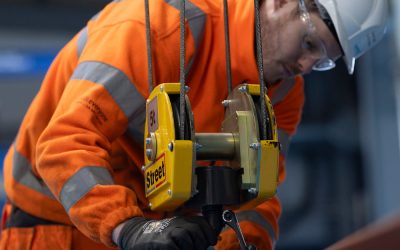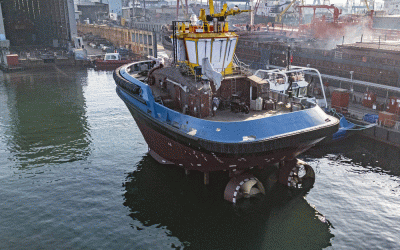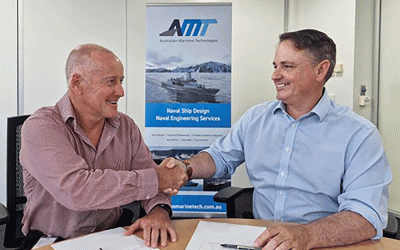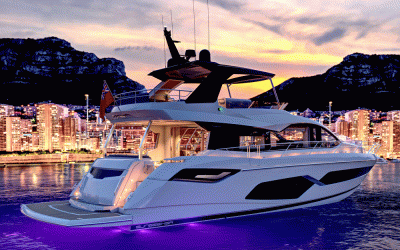Recreational boating should be a pastime for all, and its surge in appeal over the past few years is challenging perceptions of who might constitute the ‘typical’ boatowner. In turn, Camillo De Gaspari, AMRINA, owner of design studio Camdesign, has devised the specs for a wheelchair user-friendly, hybrid-electric catamaran yacht.
The concept was born over a bottle of red in May 2019, when a chat with a yachtbroker led to a discussion on how such a vessel could be realised. “Inclusivity was the first requirement,” De Gaspari tells Ship & Boat International. However, despite the challenges inherent in the design, certain features were non-negotiable: the yacht had to feature a “racing look” and “perfect visibility”, and should provide wheelchair access without the need for onboard ladders and cranes, which might blight the aesthetics. After sketching a preliminary design, De Gaspari approached Thailand-based Albatross Marine Design for additional input, followed by 40 hours of 3D modelling, plus CFD tests at Croatia’s Cloud Towing Tank. The resultant concept is the 14m x 5m, GRP-hulled Camdesign 45, which would weigh 13.5tonnes, draw 700mm and carry up to 12 passengers.
“Wheelchair users can board through a door in the cockpit on the starboard side,” De Gaspari explains. “They can then travel from the stern to the bow without encountering any barriers.” The vessel’s submersible hydraulic swimming platform would enable users to dive into and climb up from the water, and every door has a width greater than 1m, given that “1m is considered the optimal radius for wheelchairs”, he adds. A freeboard of 1.9m, combined with the double hulls, wide beam and low superstructure, should grant the yacht a high degree of stability, with no need for stabilisers. The yacht was also designed to ensure 360° visibility from a height of 1.25m above the floors.
The cat will run on a mix of diesel and electricity. The suggested diesel contribution would be a Yanmar YDG6600TN generator, rated 6.2kW and fed by a 100litre-capacity fuel tank. This would be supported by Torqeedo BMW i3 lithium-ion battery packs, each rated 40kWh and weighing 278kg – though “any other brand of high-voltage lithium marinised batteries could be used, such as Super-B or Varta,” says De Gaspari. The electricity would be derived from two main sources: a 7m2 array of photovoltaic panels on the roof, capable of producing around 0.7kWh; and two wind turbines, also roof-mounted, capable of generating 350W apiece.
With five battery packs installed, offering a combined 200kWh, the yacht would be able to sail for three hours at 7knots, De Gaspari estimates, resulting in a range of approximately 15nm, or 20nm when the Yanmar diesel is also used. Advanced Electromagnetics (AE-Group) has been selected to supply the Camdesign 45’s dual Azipods, which will help the yacht to reach 12.5knots.



